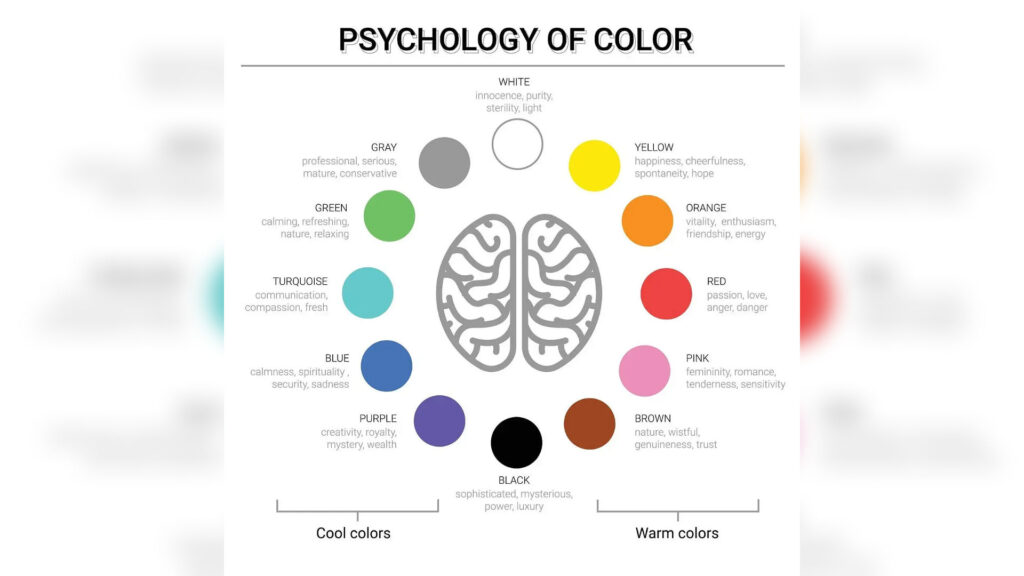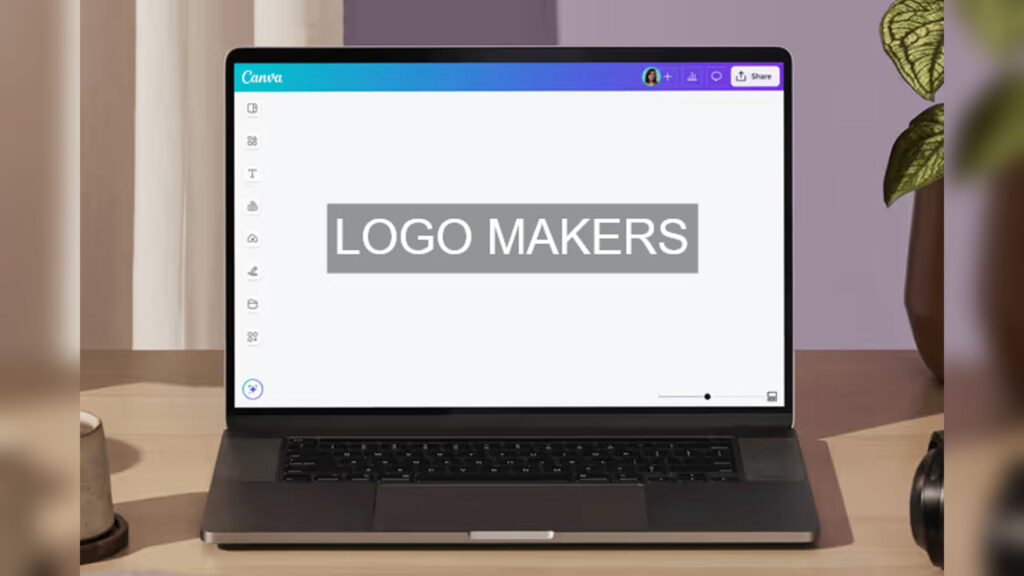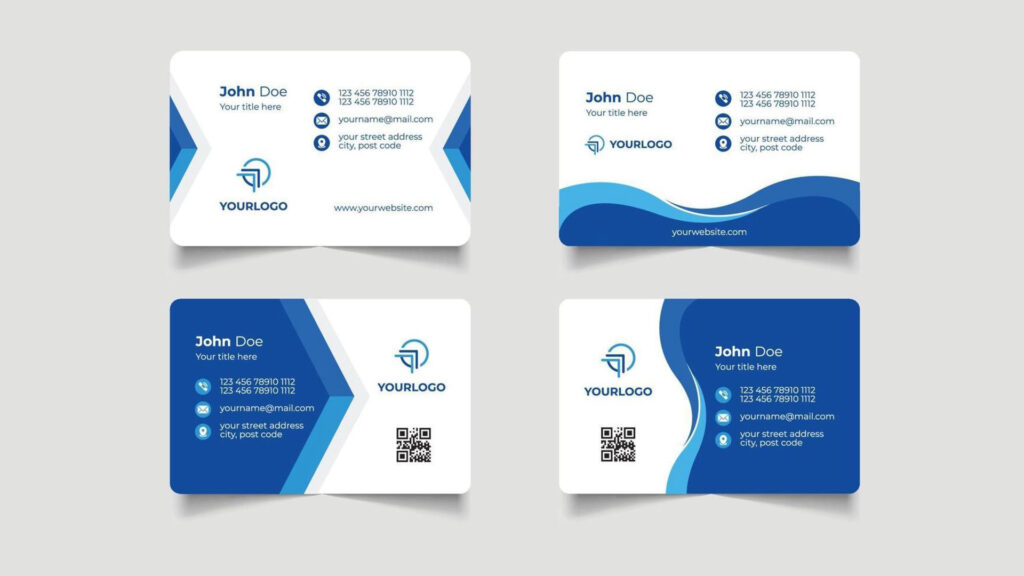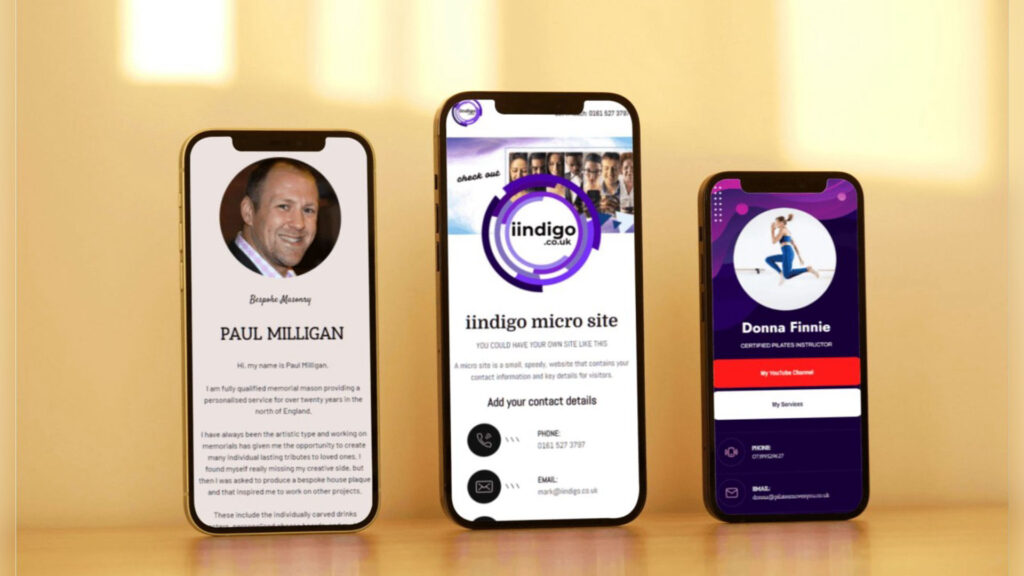Table of Contents
ToggleTop 10 Book Cover Design Ideas To Use
If there’s one truth in publishing that never changes, it’s this: people judge books by their covers.
Whether you’re a self-published author, a traditional publishing house, or a graphic designer working with writers, the look of a book cover plays a major role in how well the book performs. With thousands of new titles being published daily—both in print and digital formats—your cover is your first, best chance at grabbing attention and standing out.
This article explores the top book cover design ideas you can use in 2025 and beyond. These ideas are built on timeless design principles, updated with modern aesthetics and trends that catch the eye and tell a story—all before the first page is ever read.
Let’s dive into ten powerful book cover strategies that will elevate your next project.
Why Book Cover Design Matters More Than Ever
Before we explore the designs themselves, it’s important to understand why book cover design is so crucial in today’s marketplace.
-
Visual First Impressions: Readers often scroll through dozens of options online or scan bookshelves quickly. A strong cover can mean the difference between a click or a pass.
-
Branding and Identity: Especially for authors writing series or multiple books, a consistent design style builds author recognition.
-
Genre Communication: The right cover signals the book’s genre and tone immediately—whether it’s a sci-fi epic, a cozy mystery, or a self-help guide.
-
Professional Credibility: A polished cover makes the entire book feel trustworthy and worth investing time in.
Now that we know why it matters, here are the top 10 book cover design ideas you can use to make your book a visual standout.
1. Minimalist Designs with a Strong Focal Point
Less is more is a mantra that still rings true—especially in the age of cluttered screens and short attention spans.
Why It Works
Minimalist designs use ample white space, simple typography, and one strong visual element. This makes your cover look clean, modern, and instantly digestible.
Design Tips
-
Use bold, sans-serif fonts.
-
Focus on a single image or icon (e.g., an open door, a lone figure, or a symbolic object).
-
Let color and space breathe—avoid crowding.
Best For:
-
Literary fiction
-
Self-help books
-
Memoirs
2. Bold Typography-Centric Covers
Sometimes, the title itself becomes the art.
This design trend focuses on dramatic fonts, creative letter placement, and eye-catching size dynamics to build intrigue.
Why It Works
Strong typography immediately grabs attention and can create a mood even without images.
Design Tips
-
Mix serif and sans-serif fonts for contrast.
-
Play with vertical, overlapping, or diagonal text.
-
Use textured or shadowed fonts for depth.
Best For:
-
Nonfiction
-
Business books
-
Modern thrillers
3. Illustrated Book Covers
Hand-drawn or digital illustrations remain a beloved design trend, especially in fiction genres.
Why It Works
Illustrations allow for more creative control. You can visualize scenes, settings, characters, or abstract concepts that photos cannot capture.
Design Tips
-
Use illustrations to hint at key moments or themes.
-
Keep the color palette limited to maintain focus.
-
Add layered elements to suggest depth and story movement.
Best For:
-
Fantasy
-
Young adult fiction
-
Children’s books
4. Vintage and Retro Aesthetics
Old is the new new. Vintage-inspired designs draw on classic book covers from the 1950s–1970s to evoke nostalgia.
Why It Works
Retro designs feel timeless and authentic. They work especially well for historical fiction or books that aim to tap into emotion and memory.
Design Tips
-
Use worn textures, muted colors, and retro typography.
-
Add decorative borders or frame elements.
-
Include aged paper effects or faded illustrations.
Best For:
-
Historical fiction
-
Poetry
-
Literary classics
5. Abstract and Conceptual Art
Not every story can—or should—be explained literally. Abstract designs use shapes, color, and symbolism to spark curiosity.
Why It Works
This style invites readers to interpret and engage. It adds an element of mystery that can elevate complex or philosophical books.
Design Tips
-
Use asymmetry and unconventional layouts.
-
Lean into visual metaphors (e.g., a cracked mirror to represent fractured identity).
-
Keep titles clear so the abstract art doesn’t confuse.
Best For:
-
Experimental fiction
-
Essays and collections
-
Philosophy or metaphysical books
6. Photography-Based Covers
A high-quality photo—when chosen well—can tell a thousand words. Whether it’s a dramatic portrait or a moody landscape, photography lends a modern, polished feel to your book.
Why It Works
Photos are powerful emotional triggers. Readers connect quickly with human faces, relatable locations, or real-world textures.
Design Tips
-
Use high-resolution, royalty-free imagery or original photos.
-
Adjust lighting, contrast, and saturation to match the book’s tone.
-
Consider using black-and-white with a color pop for drama.
Best For:
-
Romance
-
Memoirs and biographies
-
Travel and lifestyle
7. Symbolism and Hidden Messages
Great covers reward a second glance. Using layered meaning or hidden symbolism in your design invites readers to explore deeper.
Why It Works
These kinds of covers spark curiosity and discussion. They can become iconic over time.
Design Tips
-
Use objects that symbolize key themes (e.g., an hourglass for time-based plots).
-
Add “Easter eggs” or subtle nods to characters.
-
Keep the layout clean so symbols don’t become visual noise.
Best For:
-
Mysteries and thrillers
-
Philosophical novels
-
Series that build complex worlds
8. Monochromatic and Duotone Palettes
Color speaks loudly, even when limited. Using one or two tones creates a striking, cohesive visual that works across platforms.
Why It Works
Monochrome designs are bold yet simple. They print well, look sharp on e-readers, and can be adapted easily for marketing.
Design Tips
-
Choose a color that reflects the book’s emotional tone (e.g., blue for calm, red for intensity).
-
Use contrast within the same color family for depth.
-
Make typography stand out with shadow or emboss effects.
Best For:
-
Sci-fi and speculative fiction
-
Dystopian narratives
-
Nonfiction topics like politics or economics
9. Full-Bleed Illustrations That Tell a Story
Some covers don’t just hint—they show. These designs use the entire cover space to illustrate a full scene from the book.
Why It Works
Scene-based covers set expectations and immerse the reader instantly. They feel cinematic and give context at a glance.
Design Tips
-
Work with illustrators who understand narrative flow.
-
Add characters, settings, and motion.
-
Keep title placement readable—often toward the top third.
Best For:
-
Epic fantasy or sci-fi
-
Action/adventure
-
Historical fiction
10. Geometric Patterns and Layouts
Geometry brings order, balance, and symmetry to design. When done well, it adds modern flair and intellectual appeal.
Why It Works
Patterns evoke a sense of intentionality. They also help organize text and images cleanly, which makes your cover look polished.
Design Tips
-
Use repeating motifs (circles, lines, triangles).
-
Try breaking symmetry intentionally for intrigue.
-
Contrast soft colors with sharp shapes for visual tension.
Best For:
-
Business and strategy books
-
Tech or innovation topics
-
Modern literary fiction
Book Cover Design Mistakes to Avoid
Knowing what not to do is just as important. Here are common errors that undermine even the best book cover design ideas:
-
Overcrowding the cover with too many images or words
-
Unreadable typography, especially in small formats like eBooks
-
Generic stock images that feel cheap or unrelated
-
Poor contrast between background and text
-
Neglecting genre signals, which can mislead or confuse readers
Avoid these pitfalls, and your design ideas will shine.
Choosing the Right Design Idea for Your Book
You now have ten powerful book cover design ideas—but which one is right for your project?
Ask yourself:
-
Who is my target reader?
-
What emotion or tone do I want to convey?
-
Which genre conventions should I follow (or break)?
-
What design styles do top-performing books in my niche use?
The answers will point you to a design concept that’s not just trendy, but effective.
Working with a Professional Book Cover Designer
While DIY platforms like Canva, Adobe Express, and BookBrush can be helpful, investing in a skilled designer pays off—especially for serious authors.
A professional designer will:
-
Understand visual hierarchy and composition
-
Customize typography and layout
-
Ensure high-resolution, print-ready files
-
Create branding consistency across series or author brands
If you’re publishing through Amazon KDP or selling locally in Kenya, for instance, make sure your cover meets both print and eBook standards. A seasoned designer will guide you through both.
Final Thoughts: Design That Sells Stories
A powerful book cover is more than just a pretty front—it’s a strategic marketing tool.
With the right book cover design idea, you’ll attract the right readers, communicate your genre clearly, and give your book the visual presence it deserves in a crowded market.
Whether you lean into minimalist typography, hand-drawn illustrations, or retro nostalgia, remember: your cover is the first promise you make to your reader.
Make it count.
























































